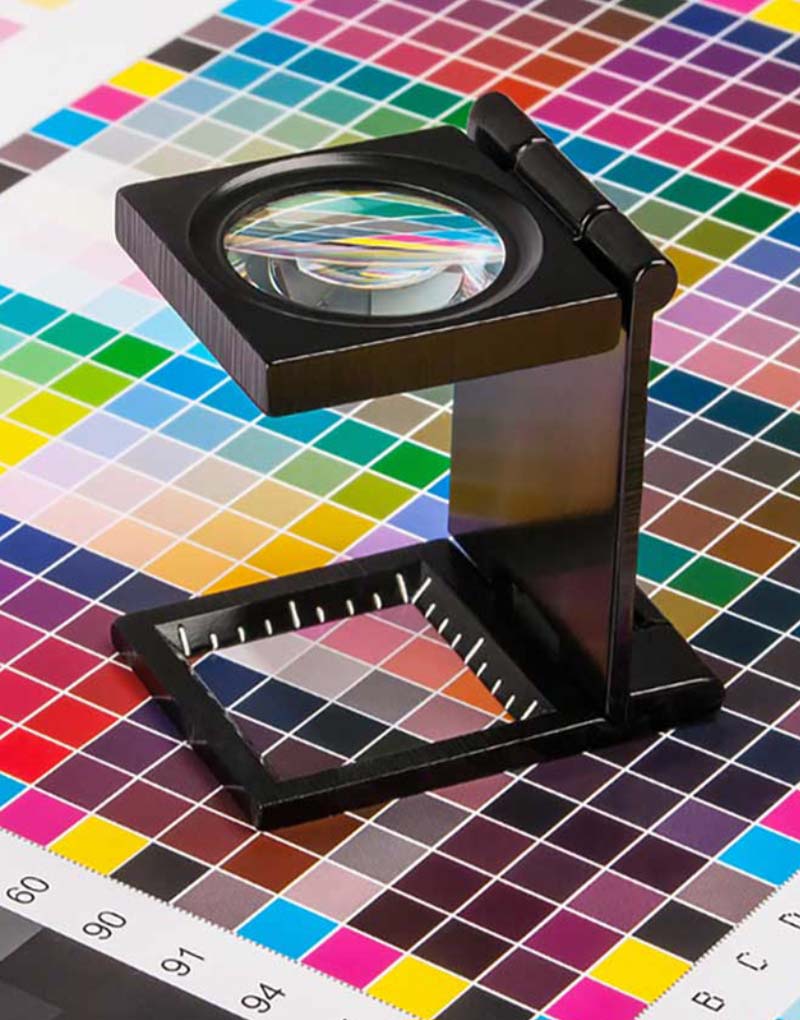Why litho printing Is Best Suited for Bulk Print Runs
Why litho printing Is Best Suited for Bulk Print Runs
Blog Article
A Comprehensive Overview to Comprehending Litho Printing Techniques
The world of litho printing, a strategy originating from the late 18th century, is a fascinating mix of background, innovation, art and scientific research. This detailed overview will decipher the intricacies of this printing approach, from the structure of litho inks to the challenges encountered in modern-day applications. As we venture into the ins and outs of lithography, the significance of automation and sustainability in ensuring its future significance comes to be increasingly clear. Remain with us as we trip into the fascinating world of litho printing.
The Historic Advancement of Litho Printing
The historical trajectory of litho printing, a crucial advancement in the realm of communication, is an exciting story of human resourcefulness. The process advanced with the development of the rotary press, which significantly enhanced performance. Each phase of litho printing's evolution showcases mankind's ruthless pursuit of effectiveness and top quality in visual communication.
Deciphering the Science Behind Litho Printing Inks
Moving on in the expedition of litho printing methods, the emphasis now changes to the science behind litho printing inks. The structure of these inks, their drying procedure, and color mixing methods form the backbone of this intricate art form. Recognizing these components is vital to understanding the craft and accomplishing the preferred print outcomes.
Composition of Litho Inks
In lithographic printing, the basic role of litho inks can not be overemphasized. Pigments, the color-providing components, are finely ground fragments put on hold in the vehicle, a liquid that lugs the pigment onto the printing surface area. Each component plays a critical part in the last print's quality, making the exact formula of litho inks a detailed scientific research.
Ink Drying Refine
From the structure of litho inks, interest turns to the fascinating process of ink drying out. The drying out procedure is essential, as it impacts the last print's high quality and long life. 2 primary methods are made use of in litho printing: oxidative drying and absorption. Oxidative drying out includes the ink responding with oxygen in the air to form a tough, dry movie. This technique offers a resilient surface, but can be slower compared to absorption. Absorption, on the other hand, entails the ink permeating into the paper fibers, which is a faster process but can result in much less lively colors. The choice in between these methods depends on aspects such as print rate requirements, the paper type made use of, and the desired finish.
Color Mixing Techniques
While the drying out procedure plays a key duty in litho printing, the science of color blending techniques holds equal relevance. The scientific research behind litho printing inks also takes right into account the transparency of the ink, which affects just how colors overlay and mix.
The Art and Style Aspects in Litho Printing
Litho printing breathes life into art and style via its special elements. Litho printing suits a selection of colors, making it possible for musicians to produce lively and dynamic prints. This mix of accuracy and flexibility makes litho printing a preferred selection for numerous artists and designers.
Modern Applications of Litho Printing Strategies
Litho printing techniques have actually discovered comprehensive usage in the modern-day commercial industry. Its influence and importance remain to grow with the development of new developments and innovations in the field. This section will certainly explore these contemporary applications and the transformative duty they play in the printing industry.
Industrial Litho Printing Makes Use Of
In today's electronic age, one could question the relevance of conventional printing methods. Yet, litho printing continues to be an essential part image source of the industrial field. High-volume printing tasks, such as the manufacturing of publications, newspapers, and packaging, depend on litho printing for its capacity to provide premium photo high quality and expense performance. The process, which entails that site transferring an inked image from a plate onto a rubber blanket and afterwards to the printing surface, supplies unrivaled consistency. This makes it suitable for tasks requiring a big print run. Litho printing additionally gives a broad color spectrum, above that of electronic printing. This makes it the go-to selection for tasks that require vivid, top quality color reproduction.
Technologies in Litho Printing
Pressing the boundaries of typical methods, contemporary developments have actually fueled a host of technologies in litho printing. One prominent growth is electronic litho printing, which combines the merits of electronic innovation with litho's top quality result. These developments underscore the long-lasting significance of litho printing in the modern world.
Discovering the Process of Litho Printing: Detailed

Obstacles and Solutions in Contemporary Litho Printing

In spite of the precision and custom that litho printing proudly maintains, it original site is not without its collection of contemporary difficulties. One of the most common concerns include the high initial arrangement cost, problem in printing variable information, and ecological concerns because of chemical use. Options are arising as technology develops. Digital litho printing enables cost-effective short runs and simple personalization, addressing the problem of variable data. Environmentally-friendly inks and more secure plate-making procedures mitigate environmental issues. Furthermore, improvements in automation have minimized labor prices, better equalizing the lithography process. Thus, while there are obstacles, the litho printing market is proactively adjusting to satisfy them head-on, guaranteeing its importance in the future.
Final thought
Finally, litho printing, with its abundant background and clinical intricacies, holds a significant location in the print industry. As the overview discloses, it's a synthesis of art and modern technology, with modern advancements guaranteeing its significance. However, the market faces obstacles that call for ingenious solutions, with an emphasis on automation and sustainability. The future of litho printing rests on its ability to adjust to these altering demands, verifying its enduring worth in a developing market.

Report this page